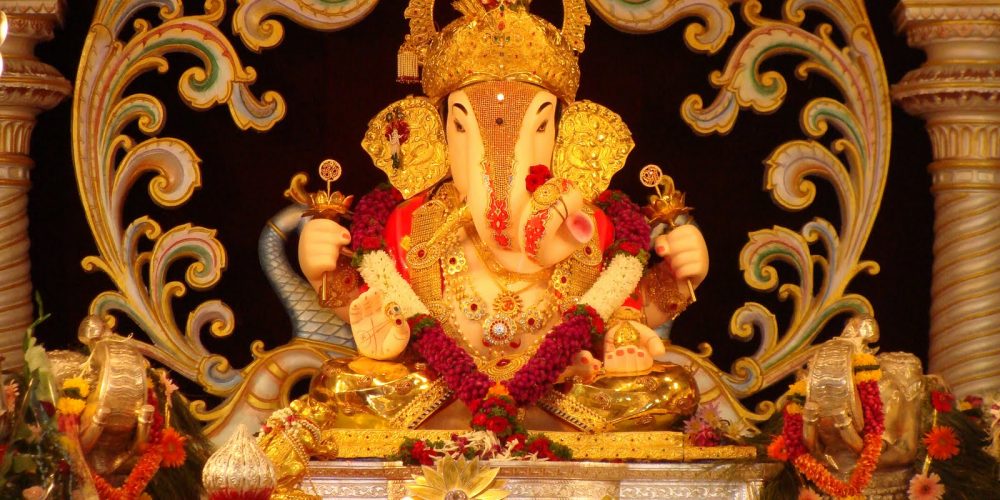From Sabarimala to the ban on Jallikattu to even regulating the height of the Dahi Handi pyramid, the apex court is narrowing down the space occupied by devout Hindus. Recently, a widely circulated Whatsapp message stated:
‘Don’t offer flowers and fruits to Ganapati, instead provide a pen and notebook which can go to slum dwellers at the end of the festival.’
My objection is not to the second part of the statement, it is to the “don’t offer flowers and fruits to Ganapati” part. In my opinion, there is a reason behind that message. In my opinion, the people who are filing petitions against Hindu festivals and the judges passing verdict on them represent a microcosm of Hindu society. The chief problem lies within Hindu society itself. And what is this problem?
To start with, let me present the views I held around twenty years ago-
“The Ganapati moorti is just an idol, it does not matter if you offer fruits or flowers to an inanimate idol, it does not live.”
” The Ganapati idol can be broken and anyway after ten days; you are going to put it into a river so it is not important”.
“I cannot see the idol to live, but I can see the child to who I offer the notebook and pen to become visibly happy, hence no need to keep the idol.”
“The flowers pollute rivers and waterbodies and rot there and hence it’s not useful to offer these to an idol which is not living anyway.”
“We are a secular country, and so these things are wrong.”
There can be many reasons why people in the present day think in this manner, the principle one being them viewing Hinduism through the prism of Abrahamic beliefs. This is not accurate, since Hinduism is not Abrahamic in origin and is instead a study in consciousness.
The following reasons also contribute to the problem-
1. Hardly anybody “normal” knows why you are offering flowers and fruits.
2. Is the moorti of Ganapati alive? If so, when does it live? When does it stop living?
3. What is the right time to worship Ganapati every year?
Are there proper answers to the questions above? An attempt is being made below-
The offering of flowers and fruits is a part of a Pancha upchara “Five fold offering”, based on an attempt at the purification of the five elements which exist within our own body. The five elements are earth, water, fire, wind and space. Gandha (sandalwood powder representing earth), flowers (red flowers for Ganapati representing water of our own body), a day (representing our fire), lighted agarbatti (representing our wind) and a whole fruit representing space. In some accounts, flowers correspond to earth element and fruit correspond to water element. Offering these on a daily basis purifies our elements.
The moorti of Ganesha that one brings home is just an idol, and one must consecrate and bring it to life using appropriate mantras. It is a very short procedure and after which the moorti is living and Ganesha is deemed to be present in the idol. One can regularly repeat this process making it more potent. To know these “prana pratistha” mantras, please refer to page 17 of this simple Ganapati Homam manual available here.
The ancient sages ritualised the process of worshipping Ganapati to 10 days which occur every year based on the lunar calendar starting from the fourth day of the waxing or bright half of Bhadrapada to the fourteenth day of the bright half of Bhadrapada month. (This year: 5th to the 15th of September of 2016). These 10 days are excellent for the invocation of Ganesha after which a mantra visarjan can be done to remove the prana from the moorti and transfer this to the devotee’s heart. After this the idol is put in water; that is why the idol should be made of dissolvable material.
May we all worship Ganesha and realise the ability of Ganesha in isolating our Indriyas from external obstacles of wrong sight, noise and the like.
Jai Ganapati!
The piece originally appeared on the author’s personal blog and has been republished here with permission.

